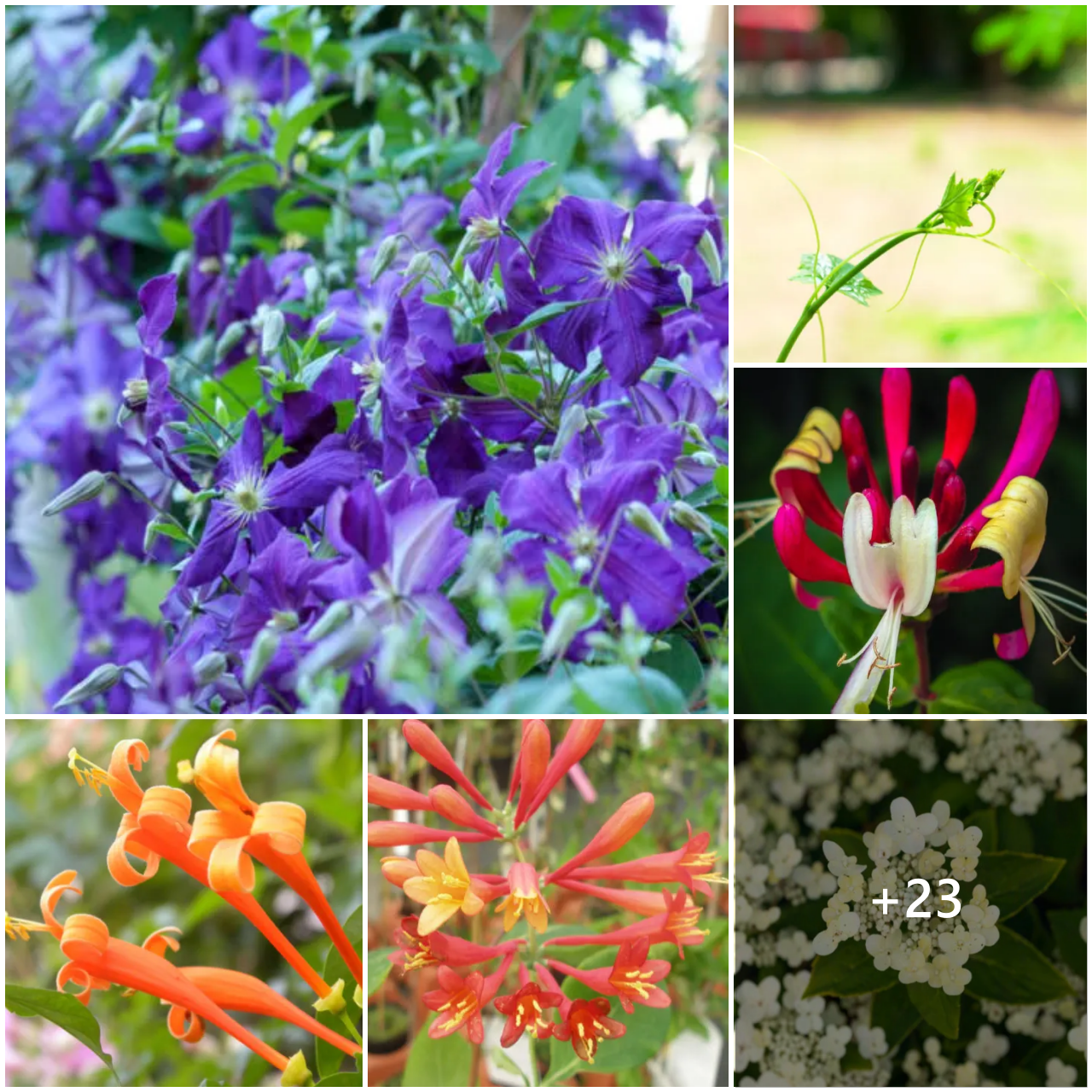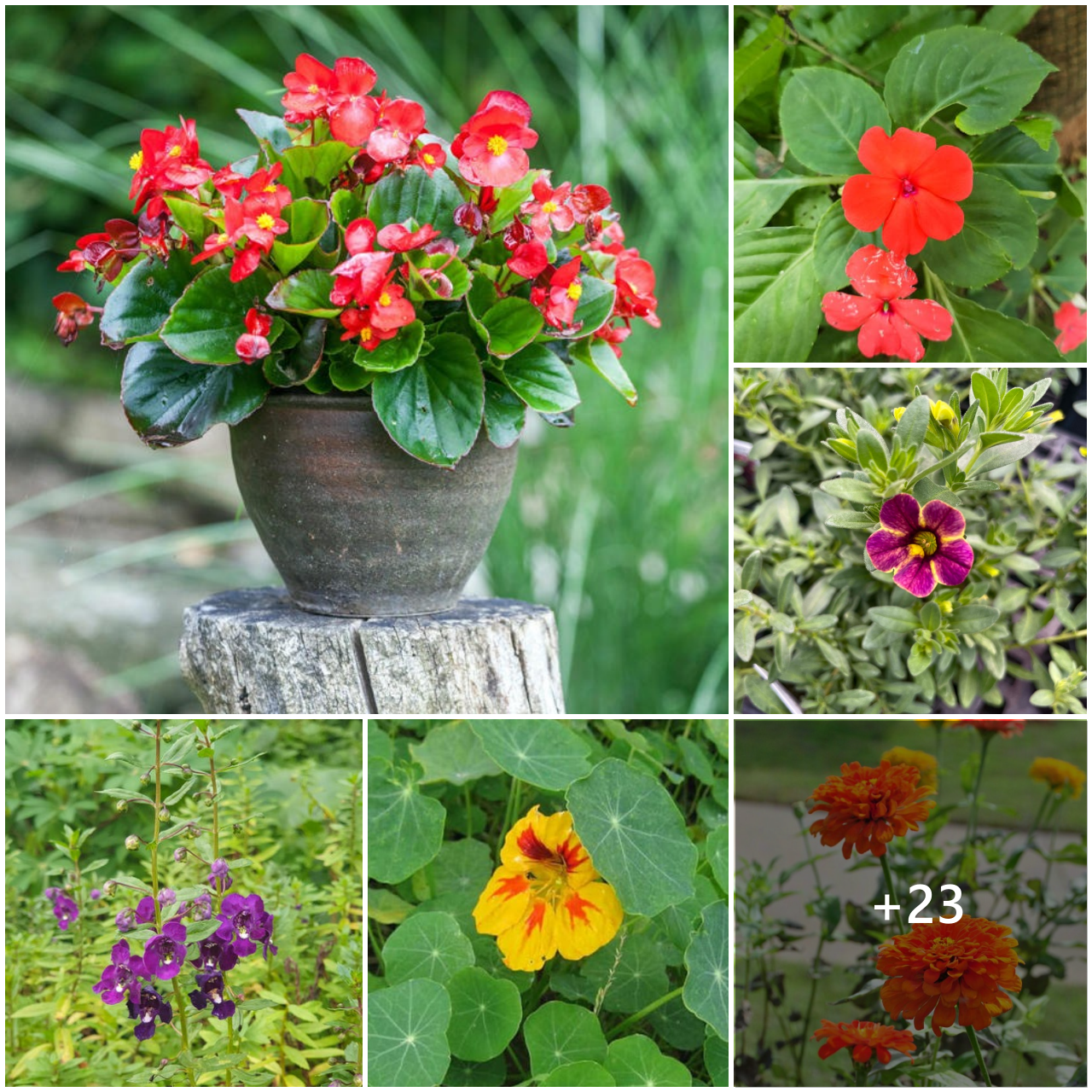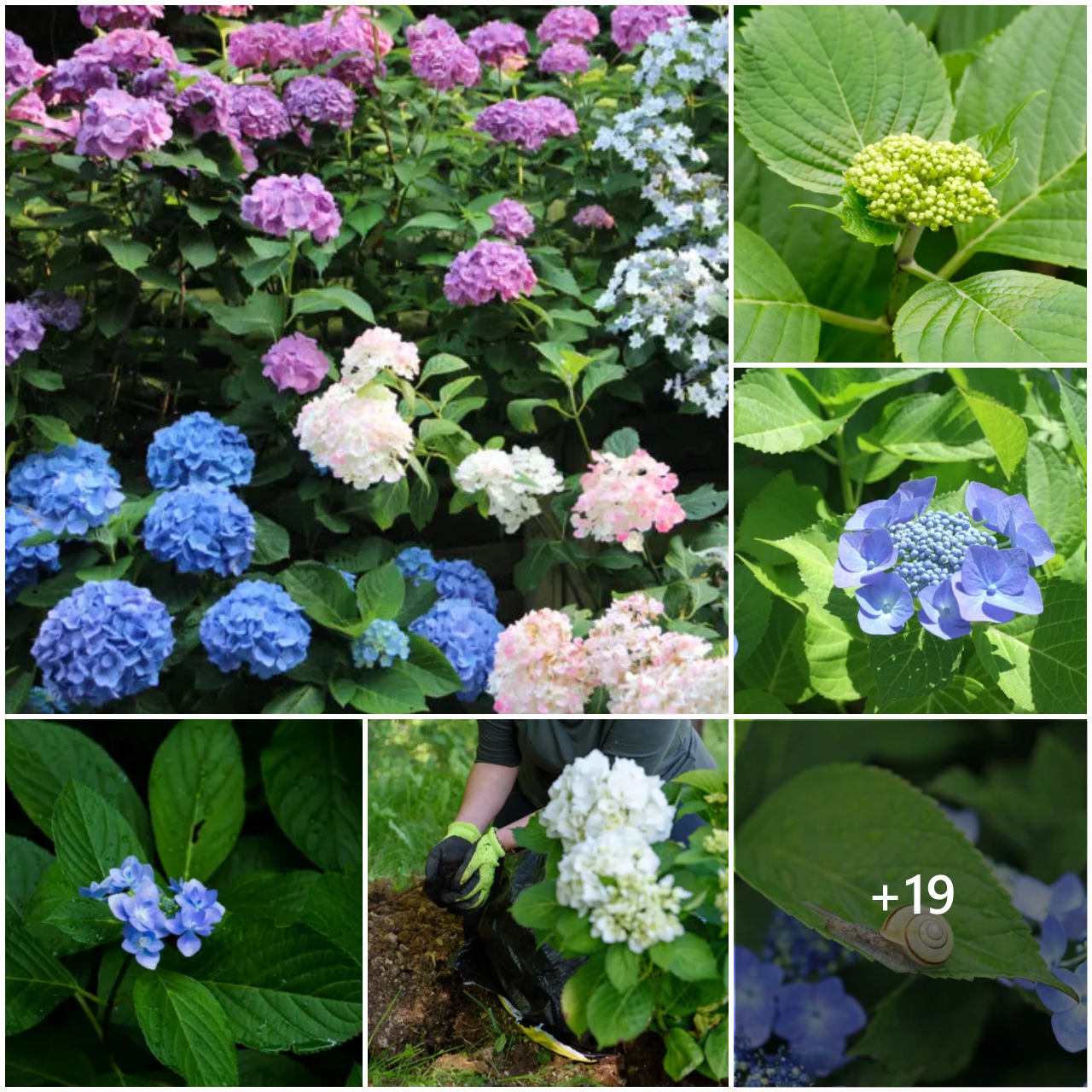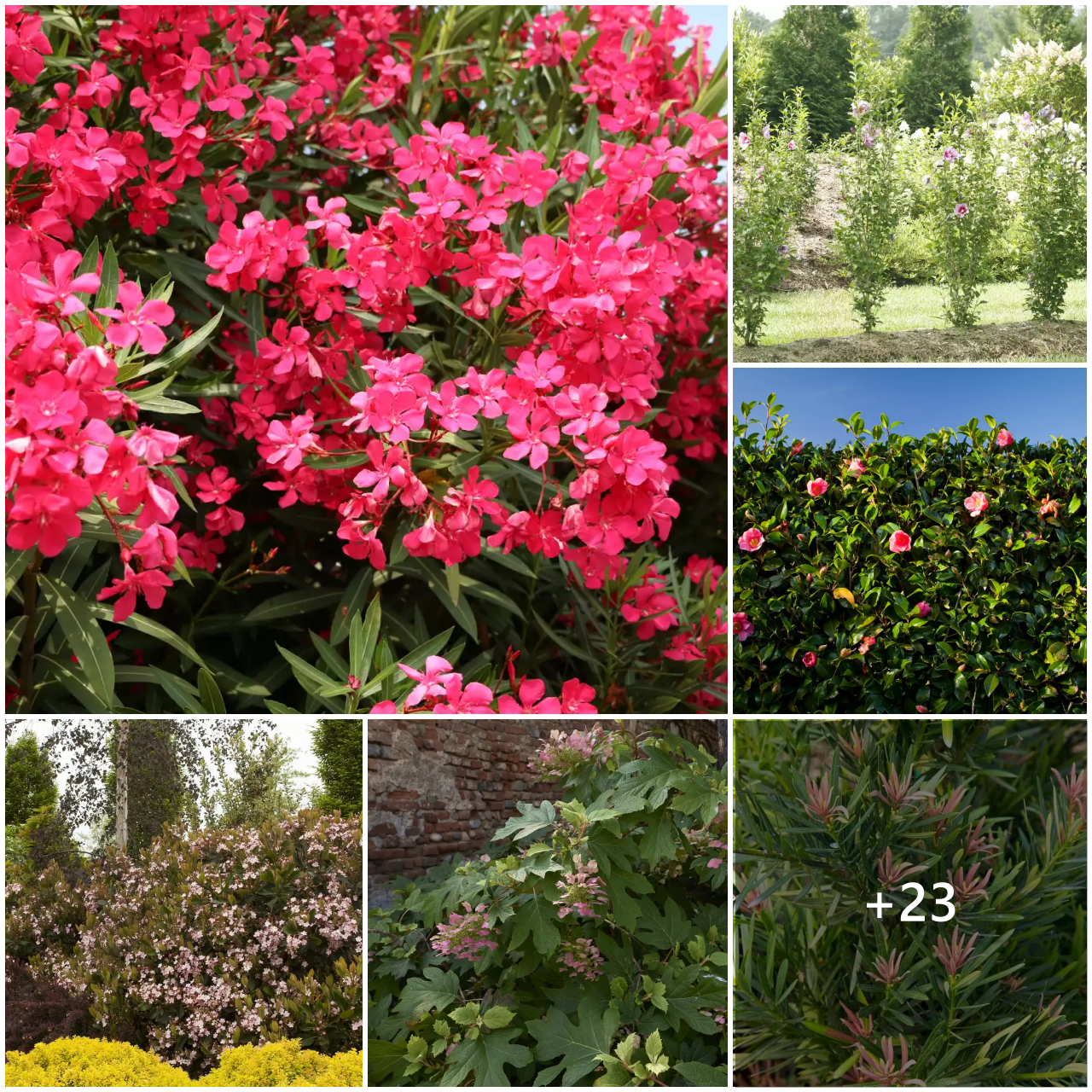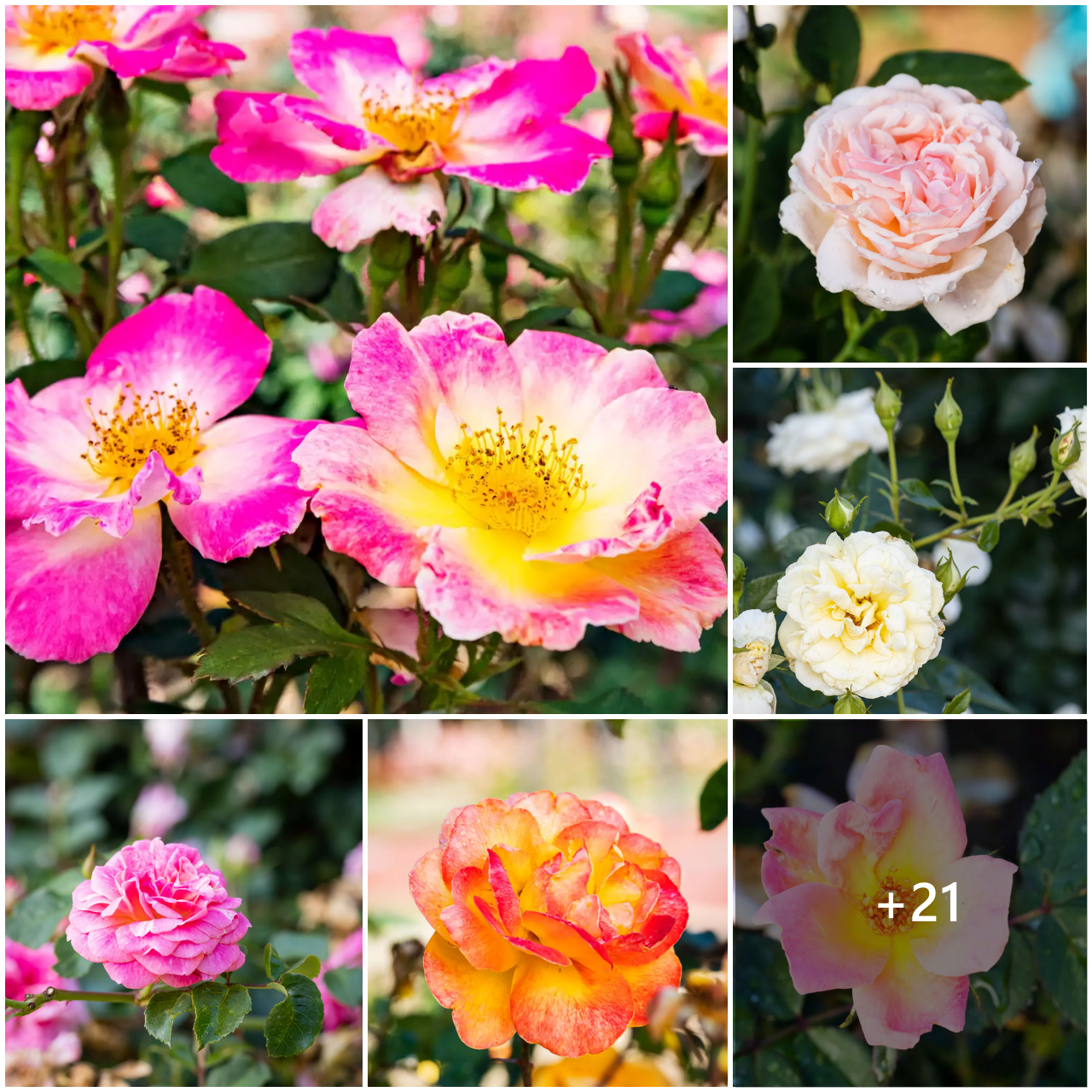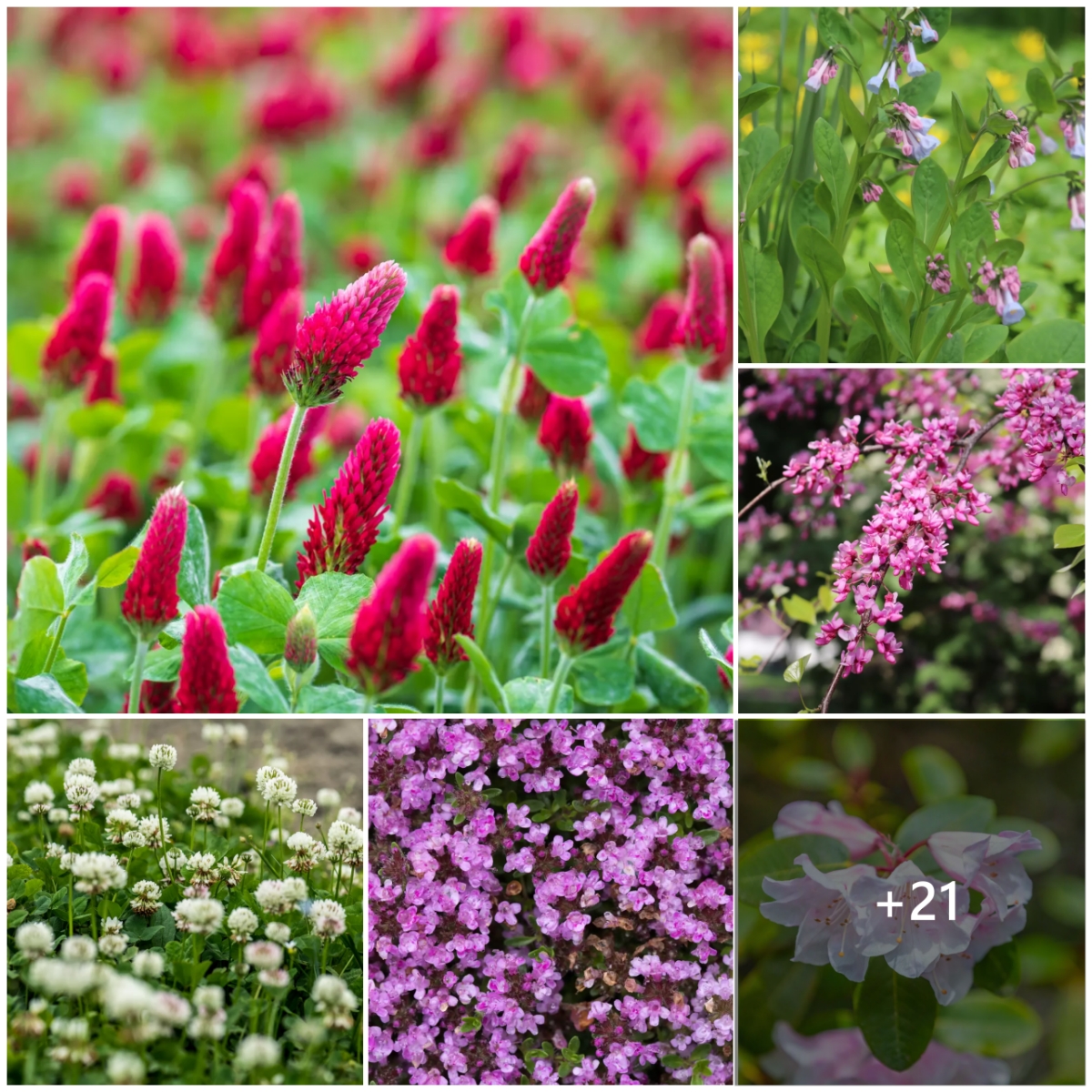This in-depth guide will help you understand the differences between a hybrid tea, floribunda, and other popular roses.
Roses offer beautiful colors, wafting fragrances, and more to our gardens. But with so many different types of roses to pick from, it can be challenging to figure out which ones you should grow. First, ask yourself what’s most important to you in a rose. Rank characteristics such as easy care, fragrance, continuous flowering, and wildlife value in a list.
Next, consider your garden conditions. If you have a spot with full sun (six hours or more), rich soil, and mild winters, just about any rose will thrive for you. If not, don’t worry. Some of the most beautiful and fragrant roses love shade, sand, swampy soil, and even the coldest winters. This simple guide will help you find the perfect type of rose that checks every box on your list.
Different Types of Roses
One of the best ways to zero in on the type of roses you want to grow is to consider the classifications of Modern, Old Garden, and Wild Roses that rose experts use. Wild roses are just, well, wild and as individual as nature made them. Modern and Old Garden Roses are each divided into classes. Those classes each have a different focus on specific characteristics.
Another way that rose experts and organizations such as the American Rose Society group different types of roses is by growth habit, dividing all roses into climbers, shrubs, and miniatures. This can be a helpful starting point if you know you want a rose that will grow up the side of a building, for example. Then you can narrow your choices to a climbing rose.
Among climbers, if you want one with strong fragrance and continuous bloom but you don’t have full sun or the best soil, you might consider a Noisette, a class of easy-to-grow climbers with all these characteristics. If you like the colorfulness of Noisettes but live in a colder area, a more hardy climbing Polyantha may do better. If you have an ideal growing site and want a shorter climbing rose with modern florist-style roses, you might pick a climbing version of the Hybrid Teas or English Roses.
After you’ve thought about where you want your roses to grow, and the characteristics of your ideal rose, take a look at these major types of roses to focus your search for the best rose variety to plant.
Types of Modern Roses (1867 – today)
Most rose varieties you come across will probably be modern. What sets these types of roses apart from earlier roses is how they were created: through a precise breeding process using a wider range of worldwide rose parents. Modern roses represent breakthroughs in color, cold hardiness, flower form, fragrance, and growth habit. All of the classes listed here typically bloom all season.
Hybrid Tea Roses
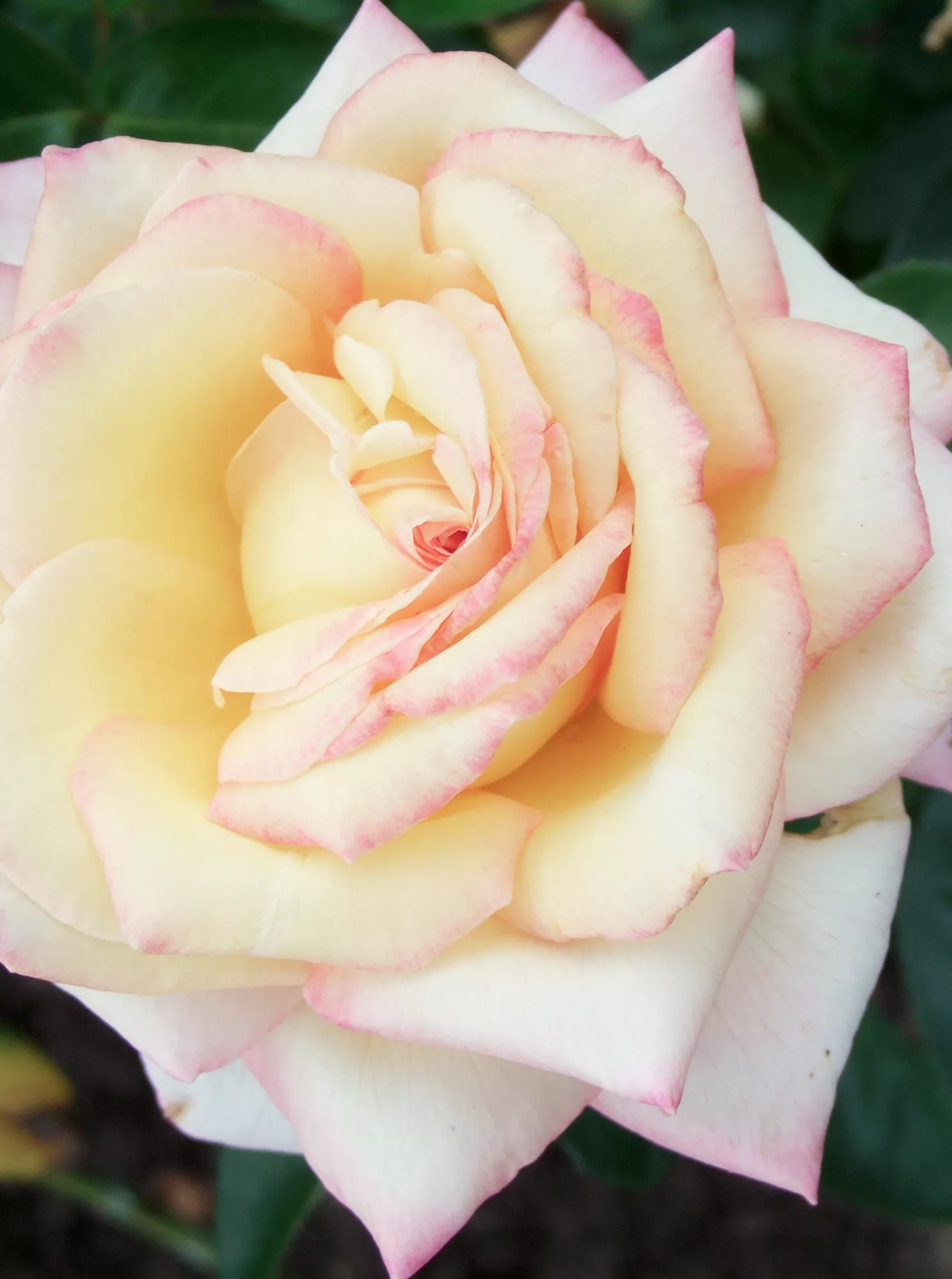
If you’re looking for a long-stemmed rose perfect for cutting that unscrolls neatly from a pointed center, the Hybrid Teas are for you. ‘Peace’ (shown here) may be the most well-known of them. Its introduction after World War II definitively stamped the class with the traits we expect today, including the elegant shape and bold colors that were unheard of before in roses. Many classic Hybrid Teas offer fragrance with subtle citrus, honeysuckle, and gardenia notes. The plants usually require moderate to high maintenance in terms of regular fertilizer, watering, pruning, and pest control.
Growing Conditions: full sun in rich, well-drained soil
Size: 3-5 feet tall and 3-4 feet wide
Zones: 5-10
Grandiflora
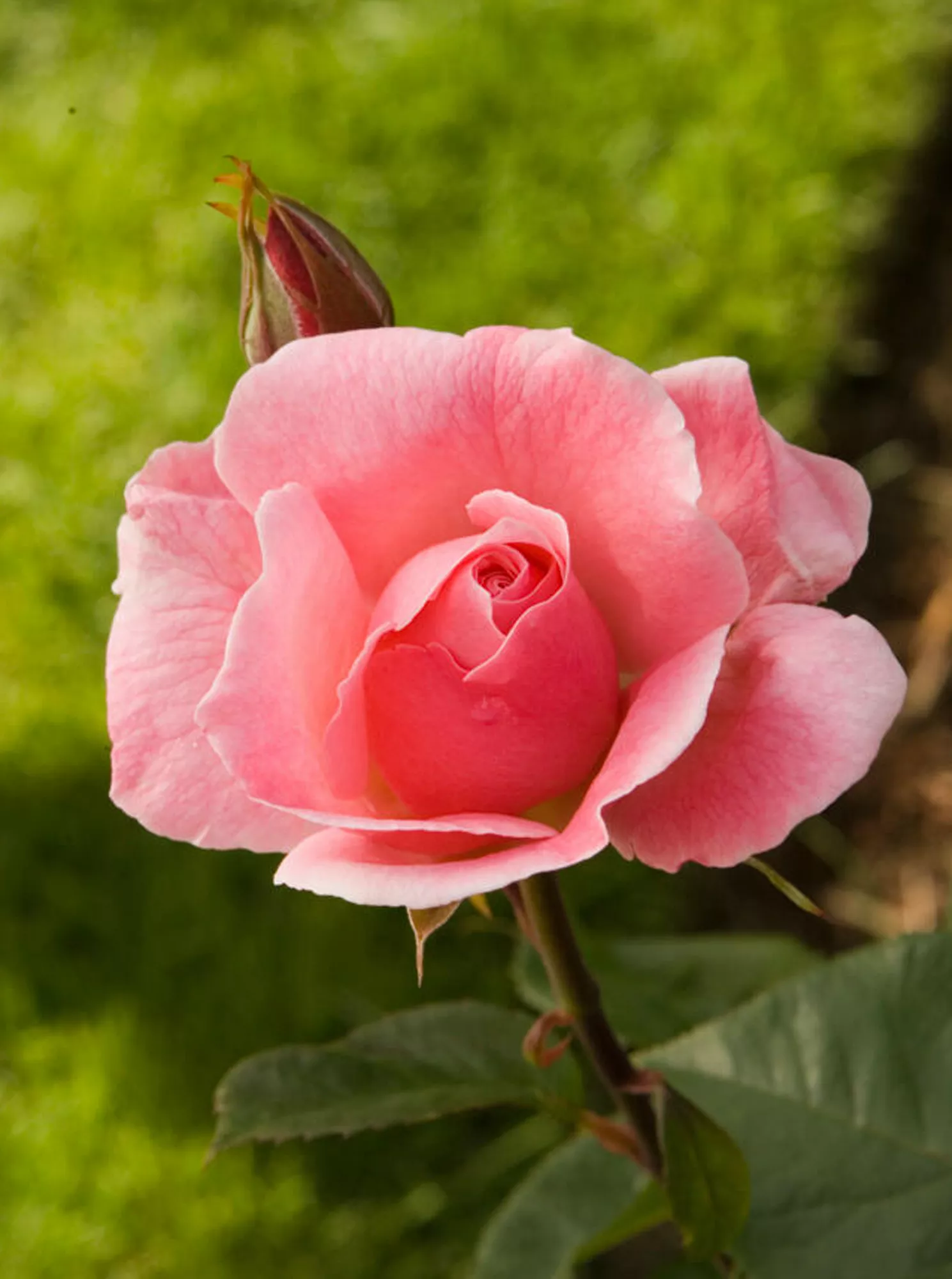
A larger, more rugged offshoot of the Hybrid Teas, Grandiflora roses have a cluster of flowers on each stem instead of a single flower. They still offer bold colors and good cut flowers but bring more splashes of color to the landscape and require less care. The first and still most popular of the group, ‘Queen Elizabeth’ (shown here), is ageless and nearly indestructible—much like its florals-loving namesake, Elizabeth II. You won’t need to coddle Grandifloras, but you won’t want to skip deadheading or watering during extended dry spells.
Growing Conditions: full sun to part shade in well-drained soil
Size: 3-7 feet tall and 3-5 feet wide
Zones: 5-10
Polyantha
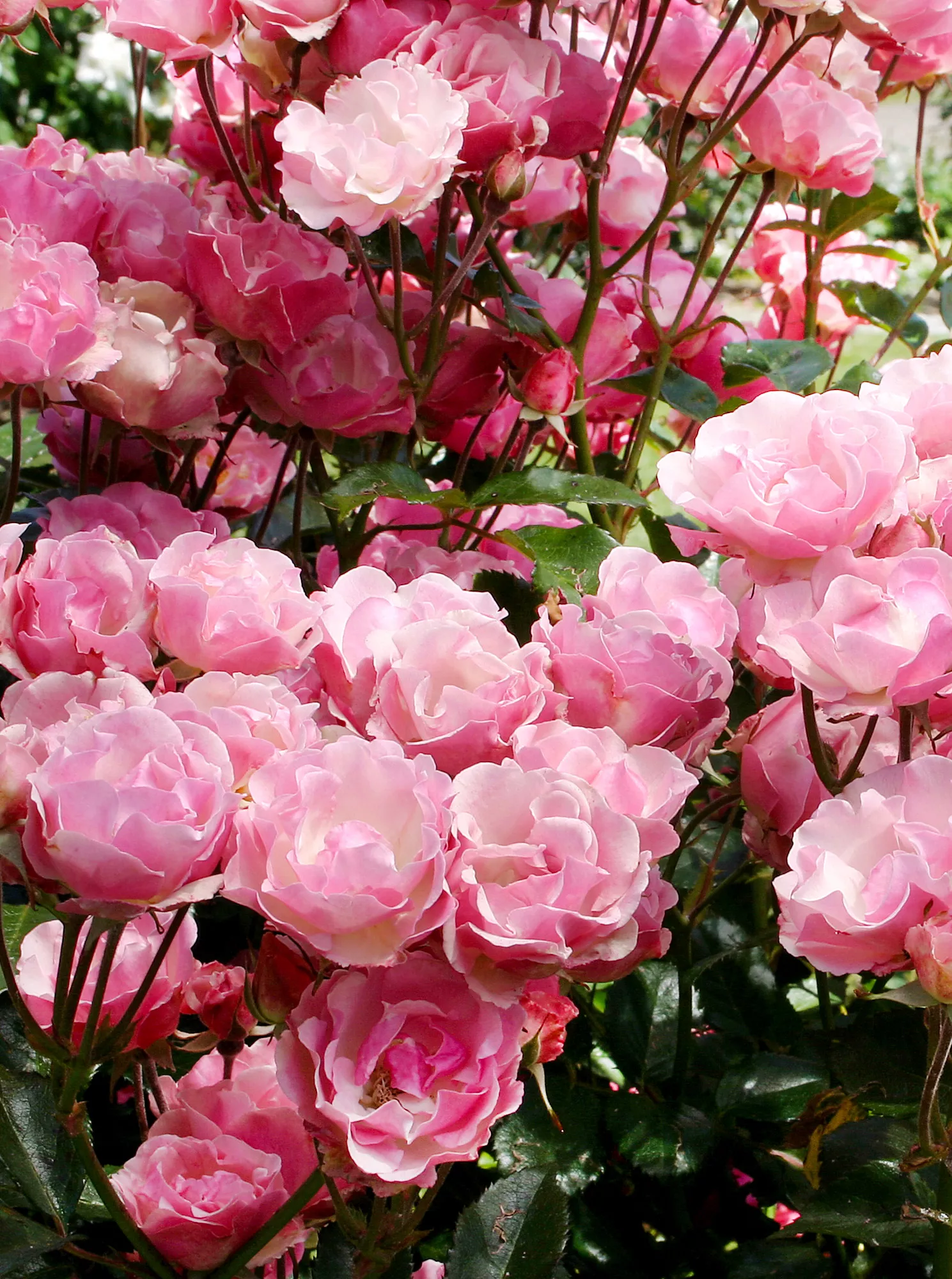
This diverse group of roses is defined by dense, shrubby growth, large clusters of small to medium flowers, and short to medium height. This type of rose demands very little in the way of maintenance other than an occasional pruning. In some cases, they can even be sheared like a boxwood. In fact, the Polyanthas include some of the best roses for hedges, such as ‘La Marne’. This variety is an all-time classic, no-care variety that’s also one of the rare roses that may actually be better sheared than pruned. Its beautiful, glossy foliage even tolerates some shade and drought.
Growing Conditions: full sun to part shade in most soils
Size: 2-5 feet tall and wide
Zones: 5-10
Floribunda
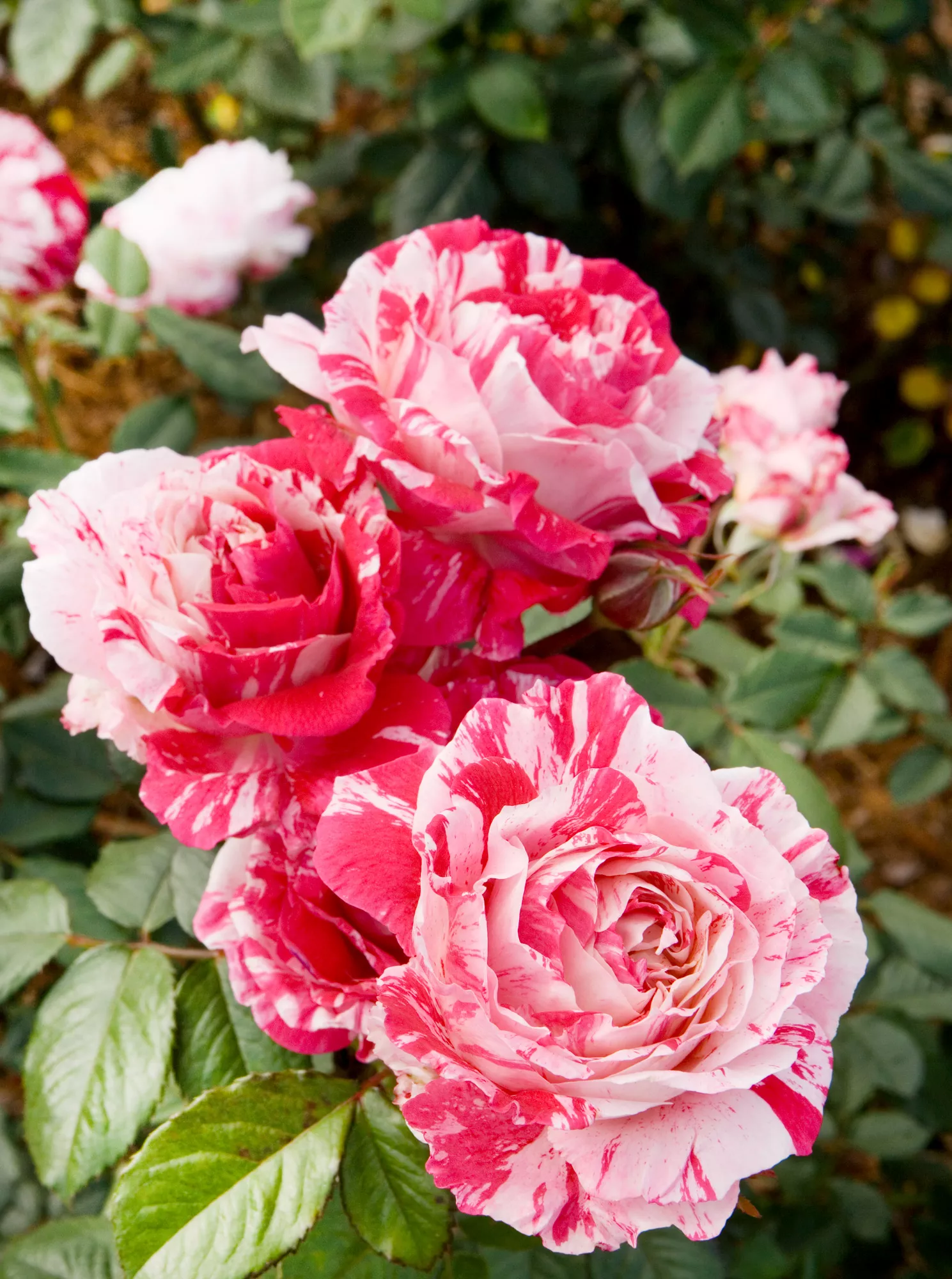
The flowers of Floribunda roses are typically much larger and more showy than Polyanthas. These cluster-flowered roses are also shrubbier than Hybrid Teas but not as shrubby as Polyanthas. Think of them as the Goldilocks of rose classes: not too big; not too small; just right. They’re perfect for adding splashes of vivid, modern colors without demanding a lot of care. ‘Scentimental’ exemplifies the group: a red and white candy-cane-swirl of a rose that immediately draws the eye and nose wherever you want to in the landscape.
Growing Conditions: full sun to part shade in well-drained soil
Size: 2-5 feet tall and 2-4 feet wide
Zones: 5-11
English and Classic-Style Roses
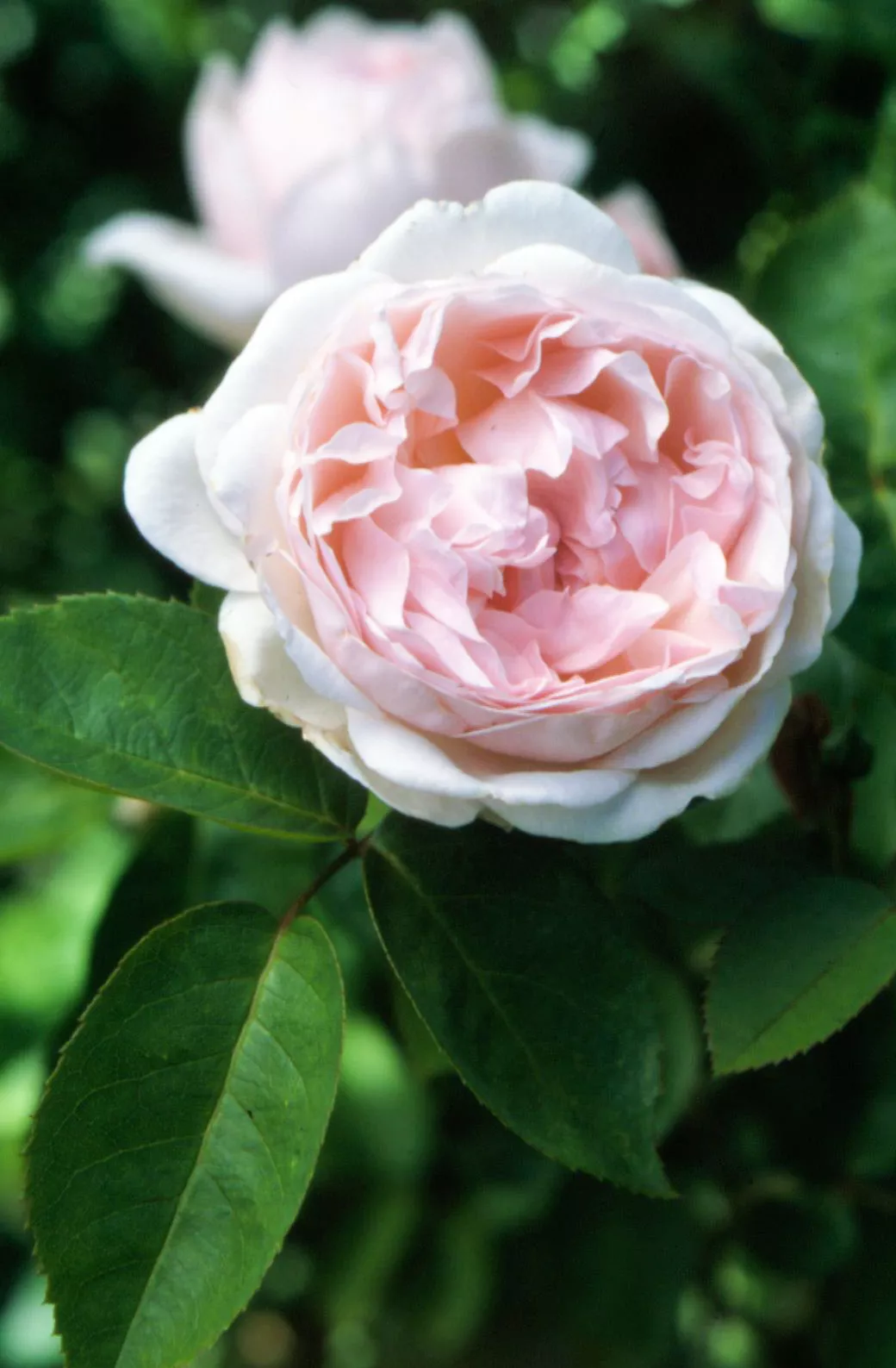
English Roses include a fuller range of flower shapes than other modern roses. They often resemble Old Roses in flower and growth and Modern Roses in their color range and complex ancestry. If you’re looking for a perfumed garden of on-trend modern roses that can be manicured to perfection or left to go a little wild, they’re the place to start. For example, consider ‘St. Swithun’ that offers huge, soft pink flowers topped off by a unique herb and candy fragrance.
Growing Conditions: full sun to part shade in rich, well-drained soil
Size: 2-6 feet tall and wide
Zones: 4-11
English Roses
Though they’re increasingly considered their own class, English roses are a type of Modern Rose and are still sometimes referred to as shrub roses or Floribundas.
Old Garden Roses (pre 1867)
You may prefer to call these antique, heirloom, heritage, or vintage roses. Most of them don’t exist anymore, but those that are still around survive because they lavishly reward gardeners with some of the most sophisticated floral forms and scents that roses have to offer. In many cases, they remain unrivaled by modern roses in sheer refinement of flower and scent.
Historic European and Middle Eastern Roses
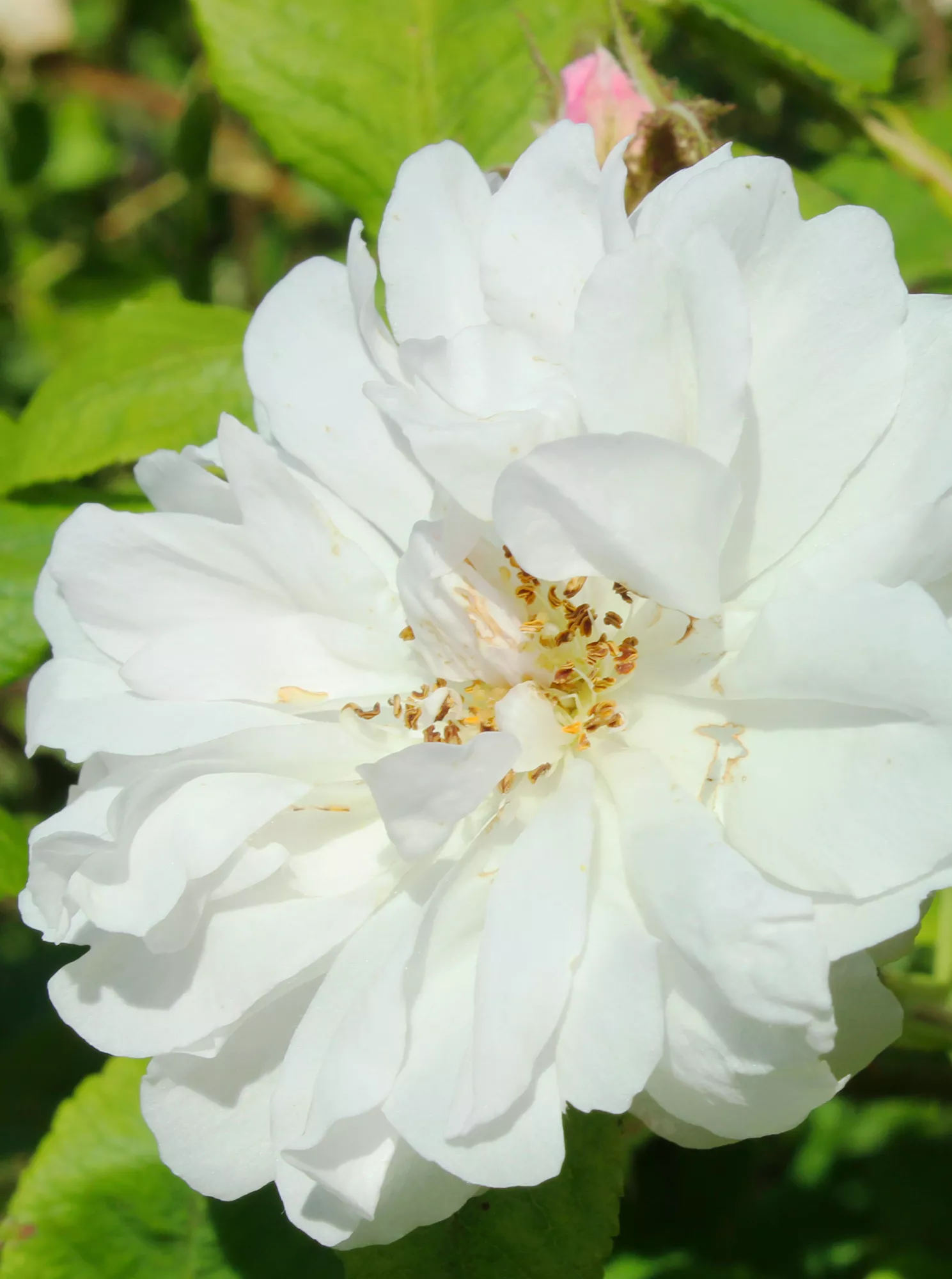
The Gallicas, Damasks, Albas, and Centifolias start as shrubs and spread into thickets that can fill a small garden bed if allowed. Most of them bloom once a year in spring or early summer. When you think of the seductive rose scent of high-end perfumes, this is where it still comes from after more than two millennia. These roses often require no care if you don’t mind them spreading. One favorite is ‘Quatre Saisons Blanc Mousseux’ (Four Seasons White Moss), a Damask rose with mossy growth over the stems, foliage, and flower buds. If you touch the moss, it leaves a men’s cologne scent on your fingers. It’s also one of the few varieties from these rose classes that blooms several times a year.
Growing Conditions: full sun to part shade in almost any soil
Size: 2-7 feet tall and 2-5 wide, often spreading by underground suckers into a thicket
Zones: 4-9
Roses of Ancient China

When Chinese roses reached Europe in the late 1700s, they developed into two classes, the Chinas and the Teas. They were the first to make constant bloom a hallmark of roses. Even today, perhaps no other types of roses bloom as much throughout the year as they do. They also revolutionized rose scent. For example, the China rose ‘Cramoisi Superieur’ (shown here) offers an intense sweet pea, strawberry, and banana aroma. As important as their contributions to rebloom and fragrance, the Chinas and Teas brought new textures and shapes to garden roses: for example, the chalice blooms of ‘Cramoisi Superieur’ or the petals of the Tea rose ‘Mrs. B.R. Cant’, which look like they were squeezed from a tube of icing. Like other ancient Chinese roses, their bushy, spreading growth makes great habitat for small birds and other wildlife.
Growing Conditions: full sun to part shade in well-drained soil
Size: 3-5 feet tall and 3-6 feet wide
Zones: 7-11
Almost-Modern Old Roses
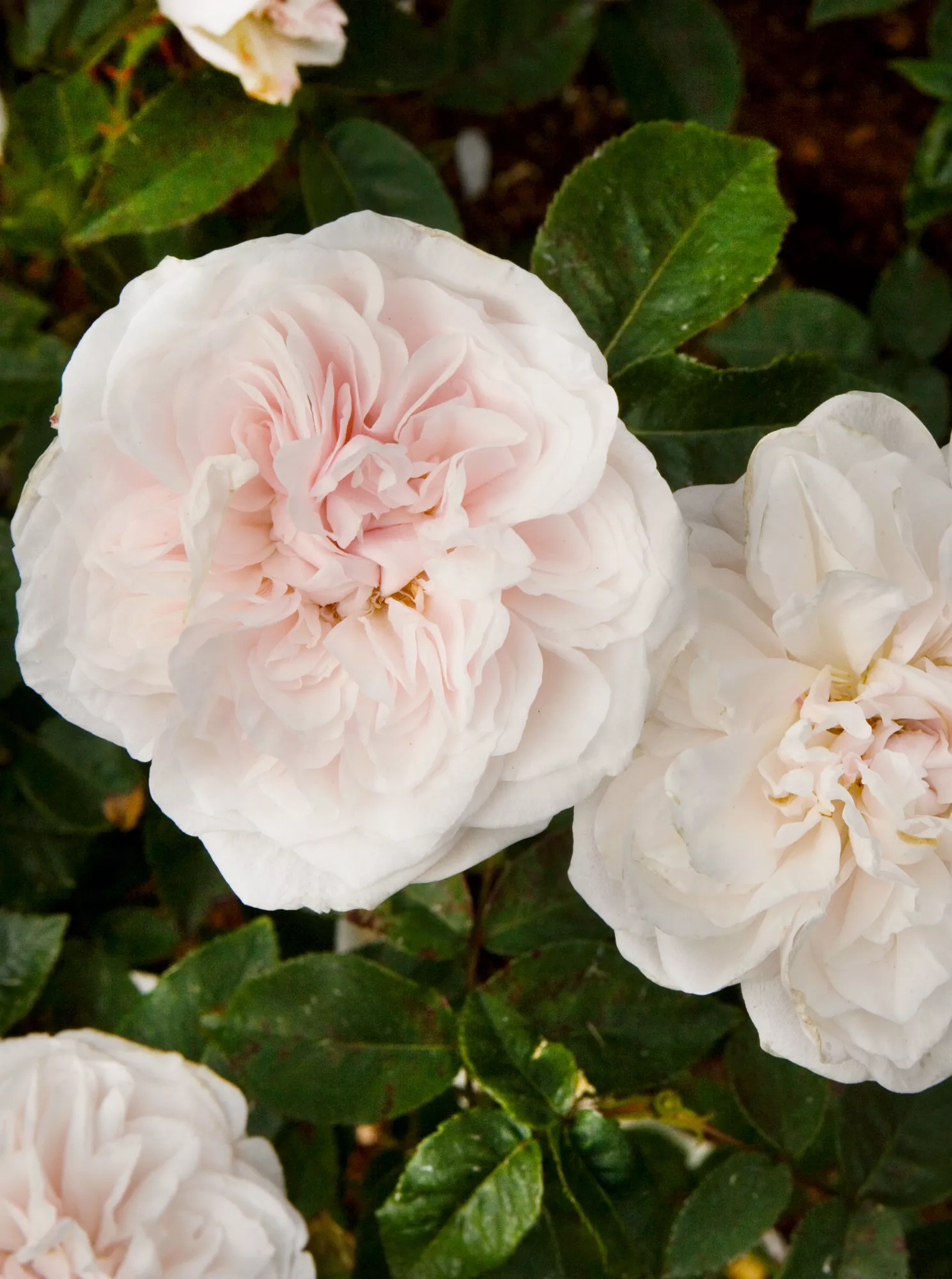
The Chinas and Teas crossed with the other Old Roses to create several repeat-blooming classes before the Modern era but continued into that time period: Bourbons, Portlands/Hybrid Perpetuals, and the climbing Noisettes. They’re still tough survivors like the other Old Roses, but they’ll often give you a lot more in return if you give them the kind of TLC you might give to Modern Roses.
Among a group of roses famous for their ethereal looks, ‘Souvenir de la Malmaison’ may be the most famous. Often referred to as the most beautiful rose ever created, the scent is similar to peonies, with bubblegum and spice notes. It comes in shrub or climbing versions.
Growing Conditions: full sun to part shade in rich, well-drained soil; Noisettes tolerate shade
Size: 2-6 feet tall and 2-5 feet wide. Many Noisettes reach 12 feet or more with support
Zones: Bourbons and Noisettes, 6-11; Portlands/Hybrid Perpetuals, 5-11.

Wild Roses
If you want to grow a rose in sand or swampy soil, or simply want to create a naturalistic planting or meadow, you can’t beat wild roses. Only a handful of them repeat flower through the season like Modern Roses, so if you want all-season bloom, look for Rosa rugosa and its hybrids or the Repeating Swamp Rose.
You’ll see rugosas naturalized in the sand on beaches or in traffic medians in New England and Canada. You only have to see a rugosa once to remember its impressive leathery leaves and thick stems. However, it may be most beloved for a heavy scent of Old Rose and clove and its large vitamin C-packed hips. It’s also one of the few roses that’s relatively unappealing to deer.
If you want to go native, go for the Repeating Swamp Rose. It’s similar to other native North American roses, except for its repeat bloom. The fragrance is strong Old Rose, it has few thorns, and perhaps best of all, it has red foliage in the fall. Unlike almost every other rose, it thrives in wet soil and shade.
Growing Conditions: full sun to part shade in almost any soil
Size: 4-7 feet tall and wide, sometimes spreading into a wider colony
Zones: Rugosa, 3-10; Swamp Rose, 4-9
